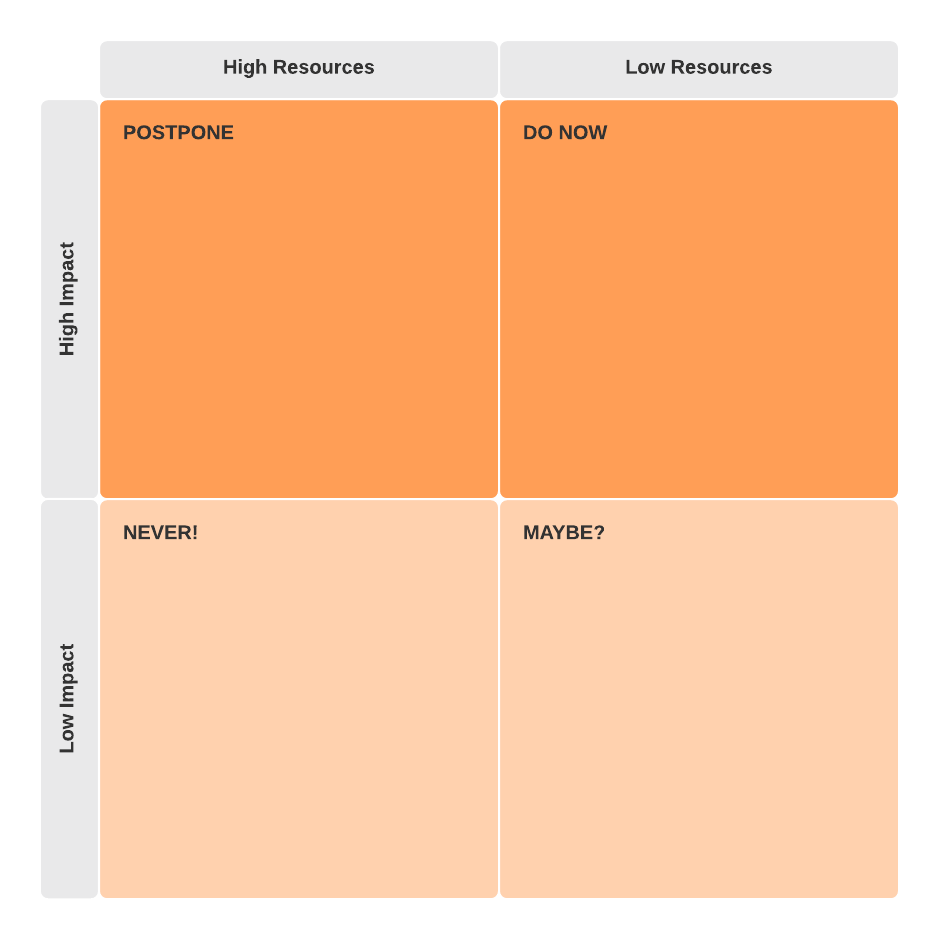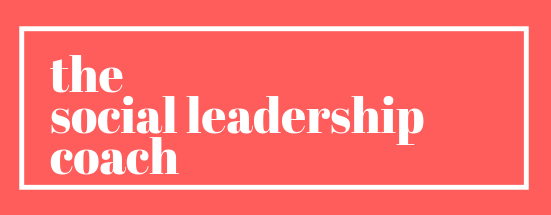This post is also available in:
 Spanish
Spanish
During every meal, my dad would end up explaining things by drawing on a napkin. He did this with the family, with employees, with clients – everybody. Looking back, I think that’s what made my dad a brilliant communicator. He communicated his ideas through simple frameworks. You should, too.
In this article, I will show you 2 of my favorites: the continuum and the quadrant matrix.
What are Frameworks?
A framework is a basic conceptional structure (as of ideas)
Merriam-Webster Dictionary
My dad was an engineer, so he was used to visually analyzing problems. Frameworks are a very architectural approach. They are simple charts that help explain complex ideas. They can also be applied to a situation or a process. Frameworks allow us to see the fundamentals. I teach my social leader clients to draw frameworks when making decisions or to communicate big ideas. Sometimes, a 2-line drawing is easier to grasp than 10 paragraphs.
Types of Frameworks
Fortunately, we no longer have to rely on pencil and napkin to create frameworks. Technology, such as Microsoft Office “Smart Art” or Lucidchart, makes it easy. Popular types of frameworks include:
How to Use a Continuum Framework
A continuum is a line where the opposite ends show the extremes of an idea. This is incredibly useful when you are brainstorming options or making a decision. You can make a continuum out of anything that has extremes or 2 opposite views. Once you have the extremes, you can start designing alternatives within the continuum. This framework is ideal for those looking to build consensus.
The picture below shows a continuum I have used with social leaders when planning their non-profit organization. What is their ideal mix of services?

Implementation Example: Tanesha
Let’s look at an example using this continuum. Tanesha dreams of changing the lives of the homeless in her community. Yet, she has limited resources. If we see offering direct services only (ie. run her own homeless soup kitchen) as one end and pure advocacy (ie. dedicate her time to lobby local government to change laws impacting the homeless), Tanesha’s options in between become clearer. The midpoint is to invest 50% of her resources in advocacy and 50% in direct services. What could be her other alternatives? She could decide, for example, to do mostly advocacy yet volunteer in local soup kitchens to better understand the issues and gain credibility.
How to Use a Quadrant Matrix Framework

This framework explores the relationship between 2 continuums in the shape of a cross: one is the y-axis and the other the x-axis. These intersect to create 4 quadrants. This makes for an even richer decision-making experience. You can look at the interaction between different elements. The most famous quadrant matrix is probably the Eisenhower Matrix, pictured here. It explores the relationship between the importance and urgency continuums.
Implementation Example: Tanesha
Let’s continue with Tanesha’s example above. She has limited resources but wants to make the most impact. So, she creates the quadrant matrix to view her service options in a different way. The Impact vs. Resources Quadrant Matrix below is powerful for all social leaders, since this quandary is a common one.

It’s clear to Tanesha that she wants her services to be in the “High Impact, Low Resources” quadrant. She places each of the service options she had developed in its corresponding quadrant. She decides that organizing advocacy efforts through volunteers while occasionally volunteering in soup kitchens fits in her desired quadrant. Tanesha includes her filled out continuum and quadrant matrix in all presentations to stakeholders so they understand her approach.
Frameworks are great shortcuts for decision making and communication. They are simple, easy to understand and ready to be used again and again.
Enjoyed this Article?
How do you use frameworks? Please comment and share this article with your network using the social media buttons below. You can also check out other articles in my blog. Don’t forget to subscribe to this site for exclusive offers and content. I respect my subscribers and their privacy. Thanks!







Leave a Reply
Your email is safe with us.